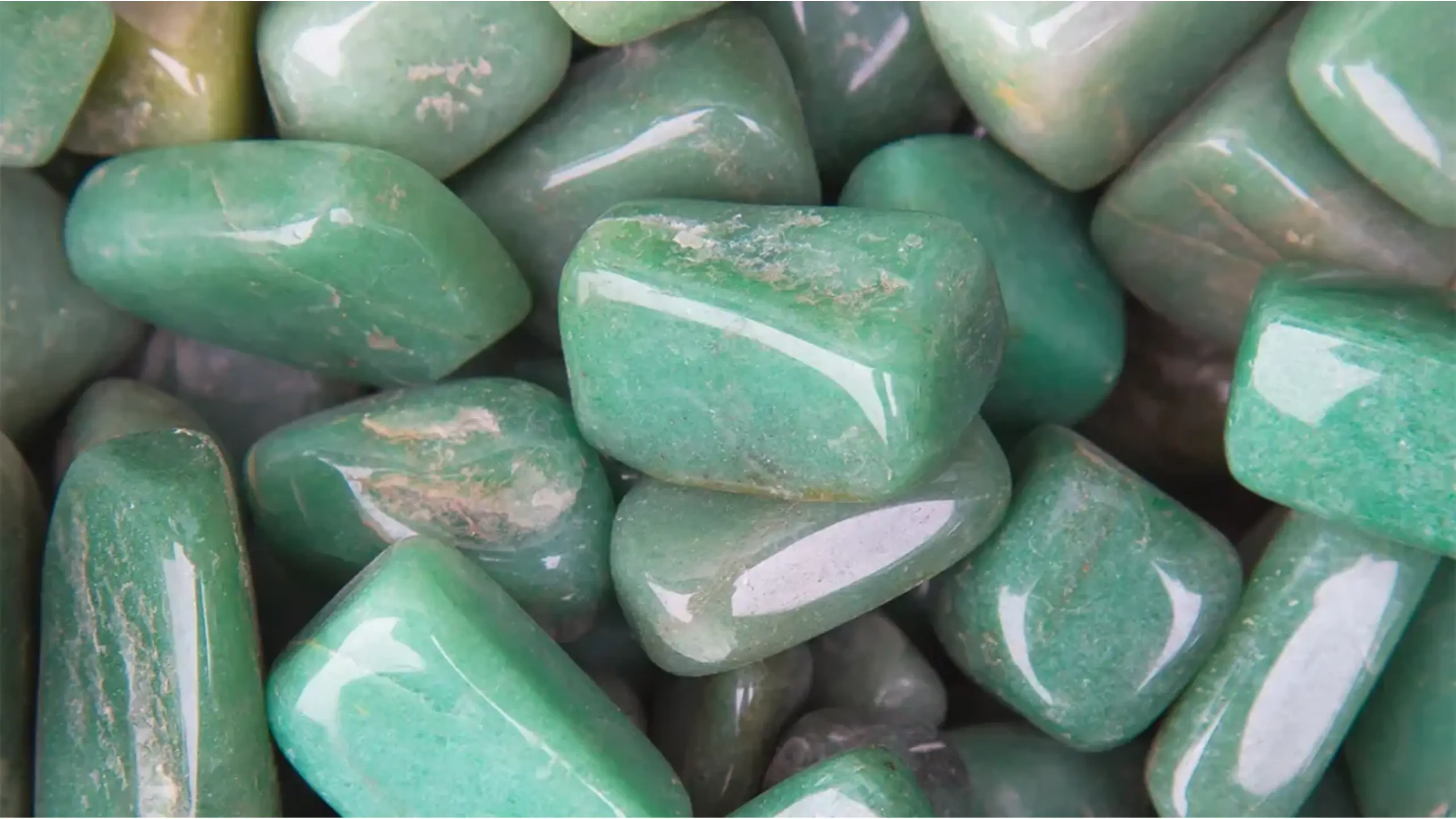‘sJade, a beautiful and mesmerizing gemstone, has been revered and treasured for centuries. From ancient China to modern-day jewelry, jade has remained a symbol of beauty, elegance, and prestige. c
What is Jade?
Jade is a mineral with two distinct varieties: nephrite and jadeite. Additionally, these two types of jade differ in mineral composition, physical properties, and color. Jades have been used for both decorative and practical purposes frosincem ancient times.
Types of Jade
Nephrite Jade
Nephrite jades is a calcium-magnesium silicate mineral. Moreover, it is typically found in shades of green, white, or brown. Moreover, Nephrite jade is known for its toughness and durability, which makes it suitable for carving and practical applications such as tools, weapons, and utensils.
Jadeite Jade
Jadeite jade is a sodium aluminum silicate mineral. It is rarer and more valuable than nephrite jade, known for its vibrant green color, clarity, and luster. Jadeite jade is primarily used in jewelry, carved and polished into various shapes and designs.
History of Jade
Jade’s has been prized and revered by many cultures for thousands of years. China, jade’s was considered a symbol of status, power, and immortality. In addition, it was used to make ceremonial objects, such as jade burial suits, believed to protect the wearer in the afterlife. Moreover, Jade was also highly valued by the Mayans and Aztecs, who used it in religious ceremonies and as a status symbol. However, in New Zealand, the Maori used greenstone, a type of nephrite jade, for tools, weapons, and ornaments.
Properties of Jade’s
Physical Properties
Jade’s has a hardness of 6-7 on the Mohs scale, which makes it relatively durable but not as hard as other gemstones like diamonds. It has a vitreous luster and a specific gravity of 3.0-3.3. Jade can be opaque or translucent, depending on the variety and quality.
Chemical Properties
Jade is a mineral of various silicates, including calcium, magnesium, sodium, and aluminum. Additionally, its chemical composition can vary depending on the type of jades and the location where it was mined.
Uses of Jade’s
Decorative Uses
People have used jades for decoration for thousands of years. Moreover, they often carve and polish it into intricate designs and shapes, such as figurines, vases, and jewelry. In China, people still consider jade’s a symbol of beauty, purity, and luck, and they often give it as a gift for weddings and other special occasions.
Practical Uses
Jade’s toughness and durability make it suitable for practical applications such as tools, weapons, and utensils. In ancient China, jade’s made axes, knives, and other tools. In New Zealand, the Maori used greenstone, a type of nephrite jade, for adzes, chisels, and fishhooks.
Symbolism of Jade’s
Cultural Significance
Jades has deep cultural significance in many parts of the world. In ancient China considered the “royal gem” associated with the emperor and his family. Additionally, Jades was also a symbol of virtue, morality, and wisdom, and it was believed to bring good luck and ward off evil spirits. In Mesoamerica, jades was highly valued and was used in religious ceremonies to symbolize power and wealth. However, the Aztecs believed that jade’s could heal and protect, and they used it to create masks, statues, and other objects.
Spiritual Significance
People associate jade’s with spiritual beliefs and practices in many cultures. Additionally, they believe it has healing properties and promotes harmony and balance. In Chinese culture, people associate jades with the heart chakra and believe it promotes emotional stability and tranquility.
Caring for Jades
Jades is a relatively rigid and durable mineral that requires proper care to maintain its beauty and quality. Additionally, it should be stored in a soft, dry cloth or pouch to prevent scratches and damage. Moreover, harsh chemicals and cleaners should be avoided, and jades should be cleaned with a soft cloth, mild soap, and water.
Conclusion
Jades is a beautiful and fascinating gemstone with a rich history and cultural significance. Moreover, from ancient China to modern-day jewelry, jades has remained a symbol of beauty, elegance, and prestige. In addition, its unique properties and uses make it a precious mineral.



